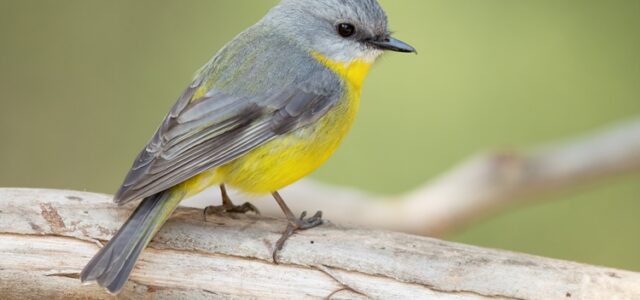Call for your appointment today 914-666-4665 | Mt. Kisco, New York

“We estimate that migratory birds disperse 50 million to 175 million I. scapularis [deer] ticks across Canada each spring, implicating migratory birds as possibly significant in I. scapularis range expansion in Canada,” wrote Ogen and colleagues¹ in their discussion of birds and Lyme disease.
A study by Scott et al., however, finds that migratory songbirds, specifically, can disperse ticks into “new areas hundreds of kilometers away from their original source.”² “This indicates that many I. scapularis-carrying migratory birds in spring have destinations far north in Canada, including some farther north than the current region of climatic suitability for I. scapularis,” the authors write.
Scott and colleagues studied nesting songbirds to determine whether established populations of deer ticks existed in Canada since nesting birds stay in close proximity to their nest in June and July.
READ MORE: Lack of knowledge about Lyme disease in Canada
“Short runs ensure that the eggs in the nest stay warm and protected from predators,” Scott writes in the article, “Monitoring of Nesting Songbirds Detects Established Population of Blacklegged Ticks and Associated Lyme Disease Endemic Area in Canada.”
“Additionally, during the fledging period, ground-foraging songbirds make hasty flights near the nest, and promptly return to feed their young,” Scott writes.
Researchers looked at deer ticks collected from nesting songbirds. To demonstrate an established population, they needed to find 6 individual ticks from a specific area. Moreover, they needed to find ticks from 2 of the 3 life stages (i.e., larva, nymph, and adult).
They found 63 black-legged [deer] nymphal ticks and 1 black-legged larval tick. In addition, they found 2 life stages from a single bird within a single year. One was a larva tick and two were nympal ticks.
Nearly half of the deer ticks collected were infected with Borrelia burgdorferi s.s., the causative agent of Lyme disease. According to the authors, “14 (42%) of 33 of black-legged tick nymphs tested were positive.”
The author’s approach was a novel approach to understanding birds and Lyme disease. Over a two-month period, they could pinpoint an established population of ticks.
The authors made three recommendations in their discussion of birds and Lyme disease
- “Any individuals frequenting this area should take extra precautions to avoid tick bites, and do full-body tick checks at the end of the day.”
- “Because Borrelia burgdorferi sensu stricto is pathogenic to humans, anyone who is bitten by a tick or has Lyme disease symptoms should seek medical attention.”
- “Since chronic Lyme disease is a pernicious, debilitating infection, healthcare practitioners must take special steps to screen symptomatic patients for this incapacitating spirochetosis.”
Related Articles:
Hot spots for blacklegged ticks found in Canada
References:
- Ogden NH, Barker IK, Francis CM, Heagy A, Lindsay LR, Hobson KA. How far north are migrant birds transporting the tick Ixodes scapularis in Canada? Insights from stable hydrogen isotope analyses of feathers. Ticks Tick Borne Dis. 2015;6(6):715-720.
- Scott JD, Pascoe EL, Sajid MS, Foley JE. Monitoring of Nesting Songbirds Detects Established Population of Blacklegged Ticks and Associated Lyme Disease Endemic Area in Canada. Healthcare (Basel). 2020;8(1).



